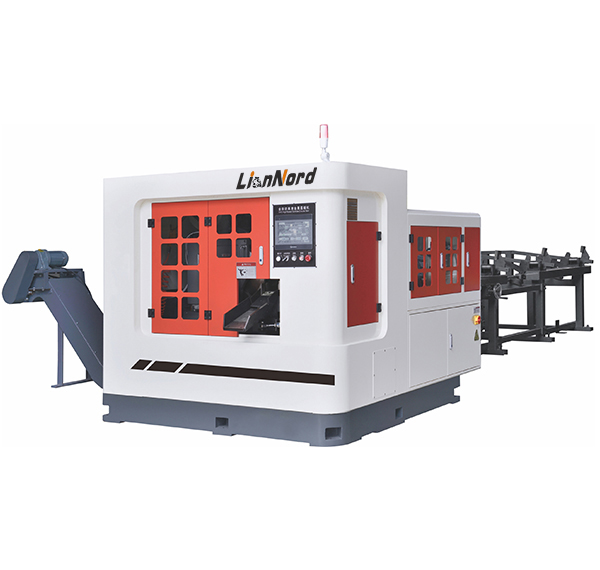
Selecting the right metal cutting circular saw blade is crucial for both efficiency and the quality of the cut. Here are some key factors to consider when choosing a blade:
-
Material Type:
- Different blades are designed for cutting different types of metal, such as ferrous metals (steel, iron) and non-ferrous metals (aluminum, brass, copper).
- Use a blade specifically designed for the type of metal you plan to cut to ensure optimal performance and blade life.
-
Blade Diameter:
- Match the blade diameter to the specifications of your saw. Common blade diameters for metal cutting circular saws include 7-1/4 inch, 10 inch, and 12 inch.
-
Teeth Per Inch (TPI):
- Blades with fewer teeth (low TPI) are ideal for cutting thicker metals because they provide faster cuts and reduce heat buildup.
- Blades with more teeth (high TPI) offer smoother, finer cuts and are suitable for thinner metals.
-
Tooth Geometry (Design):
- Look for blades with a suitable tooth design like Triple Chip Grind (TCG) which is often used for metal cutting as it’s durable and provides a clean cut.
- The tooth geometry affects cutting performance and durability. For example, TCG blades are good for cutting hard metals.
-
Blade Material:
- Carbide-Tipped Blades: These are very durable and suitable for cutting a variety of metals. They maintain sharpness longer compared to other types.
- Diamond Blades: These are highly durable and capable of cutting through tough materials but are more expensive and may not be necessary for all metal cutting tasks.
-
Coating:
- Blades with special coatings (like titanium or carbide coatings) can reduce friction, heat buildup, and wear, extending the blade’s lifespan.
-
RPM Rating:
- Ensure the blade is rated for the RPM of your saw. Using a blade that is not rated for your saw’s speed can result in poor performance and potential safety hazards.
-
Coolant Compatibility:
- Some metal cutting processes may require the use of coolant to prevent overheating. Check if the blade can be used with coolant if your cutting application requires it.
-
Manufacturer Recommendations:
- Always consider the manufacturer's recommendations and compatibility with your saw model. Blades designed specifically for your saw can provide better performance and safety.
-
Application:
- Determine the specific application for the blade. Whether it’s for cutting pipes, sheets, tubing, or thick blocks of metal, there might be specialized blades available to handle specific tasks more effectively.
By considering these factors, you can choose the appropriate circular saw blade for your metal cutting needs, ensuring safety, efficiency, and quality in your work.